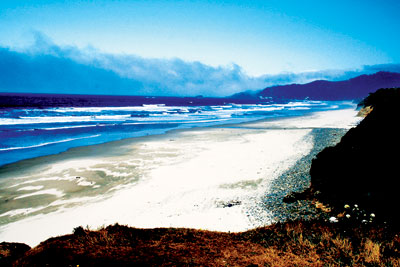All Nonfiction
- Bullying
- Books
- Academic
- Author Interviews
- Celebrity interviews
- College Articles
- College Essays
- Educator of the Year
- Heroes
- Interviews
- Memoir
- Personal Experience
- Sports
- Travel & Culture
All Opinions
- Bullying
- Current Events / Politics
- Discrimination
- Drugs / Alcohol / Smoking
- Entertainment / Celebrities
- Environment
- Love / Relationships
- Movies / Music / TV
- Pop Culture / Trends
- School / College
- Social Issues / Civics
- Spirituality / Religion
- Sports / Hobbies
All Hot Topics
- Bullying
- Community Service
- Environment
- Health
- Letters to the Editor
- Pride & Prejudice
- What Matters
- Back
Summer Guide
- Program Links
- Program Reviews
- Back
College Guide
- College Links
- College Reviews
- College Essays
- College Articles
- Back
Bycatch: A Threat to Marine Life
Bycatch is one of the most serious threats to marine animals. This happens when fishermen focus on capturing only animal species with high commercial values and discards others that are unintentionally caught. In many cases, captured animals are thrown back into the ocean, either dead or dying. Bycatching is a gigantic factor of decreasing sea animals today.
Different kinds of fishing practices result in different ways of bycatching -- nets kill fish such as sharks and whales -- while longline fishing threatens marine birds and bottom trawling hurts marine life living on the ocean floor. According to statistics, over 300,000 cetaceans (dolphins, porpoises, and whales) die each year because they cannot escape the fishing nets trapping them. Furthermore, sea birds often dive for baits on fishing lines; they swallow the bait with the hook attached, and consequently drown. An estimated 100,000 albatrosses are killed by these longline fisheries. Other birds threatened are petrels, shearwaters, and penguins. Many of these birds are endangered and are facing extinction. Another type of fishing, bottom trawling, is often referred to as “strip-mining” the seafloor. In other words, fisheries that practice this method harvest marine animals abundantly, sometimes bycatching commercially unwanted animals, such as starfish and sponges. One single trawl may remove more than 20% of the ocean floor’s ecosystem. Shrimp fisheries have the highest levels of bycatch -- a staggering amount of 80% animals from one harvest may be dumped back into the ocean because they were not targeted.
Bycatching is not only endangering ocean wildlife, it is also detrimental to the marine ecosystem. Coral communities uprooted due to bottom trawling are destroyed, along with all living creatures around the plant life. Young fish captured in nets slow down the reproduction cycle of that particular species, thus harming future fishing businesses.

Similar Articles
JOIN THE DISCUSSION
This article has 0 comments.
